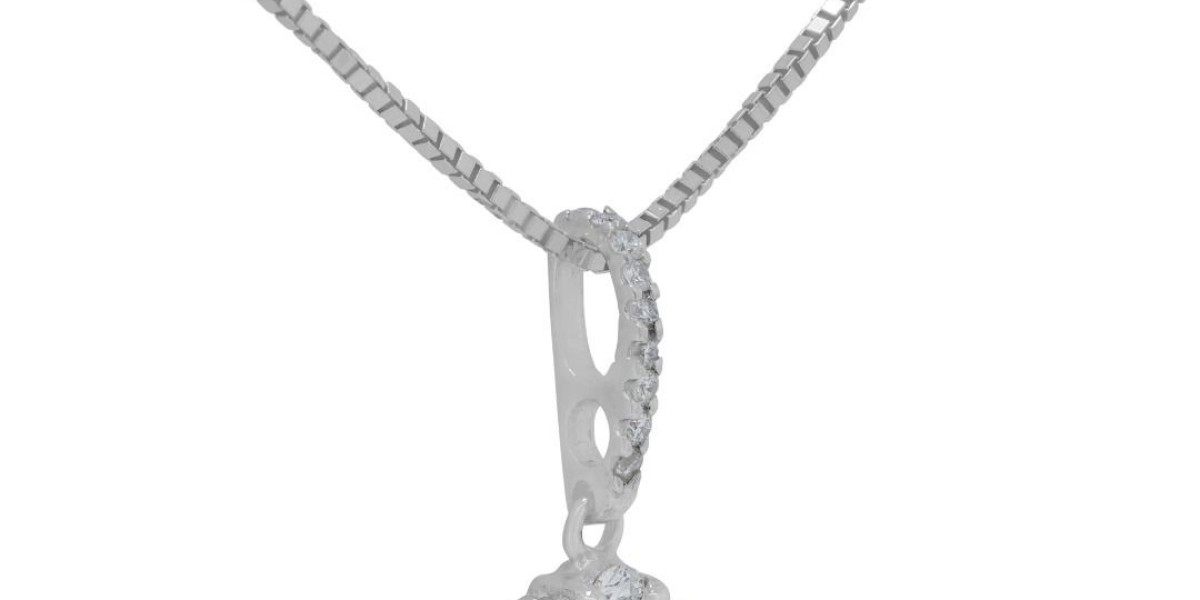Rhinorrhea, commonly known as a runny nose, is a condition characterized by the excessive production of mucus from the nasal cavity. This seemingly benign symptom can be indicative of a wide range of underlying conditions, from the common cold to more serious illnesses. In this comprehensive guide, we delve into the various aspects of rhinorrhea, including its causes, symptoms, and treatment options.
What is Rhinorrhea?
Rhinorrhea occurs when there is an overproduction of mucus by the nasal mucosa, leading to a persistent flow of fluid from the nose. This condition can be either acute or chronic, depending on its duration and underlying cause. The mucus produced is a natural defense mechanism of the body, designed to trap and eliminate pathogens, allergens, and other irritants. However, when this production becomes excessive, it leads to discomfort and may signal an underlying health issue.
Common Causes of Rhinorrhea
Rhinorrhea can result from a variety of causes, ranging from infectious to non-infectious factors. Some of the most common causes include:
1. Viral Infections
The most frequent cause of rhinorrhea is a viral infection, particularly the common cold and influenza. These infections lead to inflammation of the nasal mucosa, causing an increase in mucus production. The body’s immune response to the virus often exacerbates this condition, resulting in a runny nose.
2. Allergic Rhinitis
Allergic rhinitis, also known as hay fever, is another leading cause of rhinorrhea. It occurs when the immune system overreacts to allergens such as pollen, dust mites, or animal dander. The release of histamines in response to these allergens triggers inflammation and excessive mucus production, leading to symptoms such as sneezing, itching, and a runny nose.
3. Non-Allergic Rhinitis
Non-allergic rhinitis is a condition where rhinorrhea occurs without an allergic trigger. This can be caused by irritants like smoke, strong odors, or environmental pollutants. Changes in weather, spicy foods, and certain medications can also precipitate non-allergic rhinitis.
4. Sinusitis
Sinusitis refers to the inflammation of the sinuses, often due to an infection. When the sinuses become blocked, mucus builds up and can lead to rhinorrhea. Sinusitis can be acute or chronic, with the latter often causing persistent rhinorrhea.
5. Foreign Bodies in the Nasal Cavity
In children, a common cause of rhinorrhea is the presence of a foreign body in the nasal cavity. Small objects like beads or food particles can obstruct the nasal passages, leading to irritation and mucus production.
6. Hormonal Changes
Hormonal fluctuations, particularly during pregnancy, can cause a condition known as pregnancy rhinitis. This leads to nasal congestion and rhinorrhea due to increased blood flow to the nasal mucosa.
7. Cerebrospinal Fluid (CSF) Leak
Though rare, a CSF leak can result in rhinorrhea. This occurs when there is a breach in the barrier separating the nasal cavity from the cranial cavity, causing cerebrospinal fluid to leak through the nose. This type of rhinorrhea is often clear and watery and requires immediate medical attention.
Symptoms Associated with Rhinorrhea
While a runny nose is the primary symptom of rhinorrhea, it is often accompanied by other signs, depending on the underlying cause. These may include:
Nasal Congestion: Swelling of the nasal passages often accompanies rhinorrhea, leading to difficulty breathing through the nose.
Sneezing: Commonly associated with allergic and viral causes of rhinorrhea.
Itching: Particularly present in allergic rhinitis, where the nose, eyes, and throat may feel itchy.
Coughing: Postnasal drip, where mucus trickles down the back of the throat, can lead to a persistent cough.
Headache and Facial Pain: Often seen in sinusitis, where the blockage of sinuses causes pressure build-up.
Fever and Fatigue: More common in viral infections, where the body’s immune response is actively fighting off the pathogen.
Diagnosis of Rhinorrhea
Diagnosing the cause of rhinorrhea involves a thorough medical history and physical examination. Allergy testing may be conducted to identify specific allergens if allergic rhinitis is suspected. Imaging studies such as CT scans or MRI may be necessary in cases of suspected sinusitis or a CSF leak. In certain cases, a nasal endoscopy might be performed to visualize the nasal passages and sinuses directly.
Treatment Options for Rhinorrhea
The treatment of rhinorrhea largely depends on its underlying cause. Here are the main approaches:
1. Antihistamines
For cases of allergic rhinitis, antihistamines are commonly prescribed. These medications block the action of histamines, thereby reducing inflammation and mucus production. Second-generation antihistamines like loratadine and cetirizine are preferred due to their minimal sedative effects.
2. Decongestants
Decongestants like pseudoephedrine work by constricting blood vessels in the nasal passages, reducing swelling and mucus production. These can be effective in both allergic and non-allergic rhinitis, though they are generally recommended for short-term use due to potential side effects.
3. Nasal Corticosteroids
Nasal corticosteroids are highly effective in managing chronic rhinitis and sinusitis. These medications reduce inflammation within the nasal passages, thereby decreasing mucus production and congestion. They are often used in conjunction with antihistamines in the management of allergic rhinitis.
4. Saline Nasal Sprays
Saline nasal sprays are a safe and effective way to relieve rhinorrhea by moisturizing the nasal passages and thinning mucus. They are particularly useful in cases of non-allergic rhinitis and during pregnancy, where other medications may not be advisable.
5. Antibiotics
If bacterial sinusitis is the underlying cause of rhinorrhea, antibiotics may be prescribed. However, they are not effective against viral infections and should only be used when a bacterial infection is confirmed.
6. Surgical Intervention
In cases where rhinorrhea is caused by structural issues, such as a deviated septum or nasal polyps, surgical intervention may be necessary. Surgery is also the treatment of choice for a CSF leak or chronic sinusitis that does not respond to medication.
Prevention of Rhinorrhea
Preventing rhinorrhea involves addressing the underlying triggers and adopting healthy habits. Here are some preventive measures:
Avoiding Allergens: For those with allergic rhinitis, identifying and avoiding allergens can significantly reduce the occurrence of rhinorrhea. Using air purifiers, keeping windows closed during high pollen seasons, and regularly washing bedding can help minimize exposure.
Humidifying Air: Dry air can irritate the nasal passages, leading to rhinorrhea. Using a humidifier in your home, especially during winter months, can help keep the nasal passages moist.
Good Hygiene Practices: Regular handwashing, avoiding close contact with sick individuals, and staying updated on vaccinations can reduce the risk of viral infections that cause rhinorrhea.
Managing Chronic Conditions: For those with chronic conditions like sinusitis or allergies, regular medical check-ups and adherence to treatment plans can prevent episodes of rhinorrhea.
Conclusion
Rhinorrhea, while often a benign symptom, can be a sign of various underlying conditions. Understanding its causes and associated symptoms is crucial for effective treatment and prevention. Whether it’s managing allergies, treating sinusitis, or addressing more serious causes like a CSF leak, timely intervention can alleviate discomfort and prevent complications. By adopting preventive measures and seeking appropriate medical care, individuals can effectively manage rhinorrhea and maintain better respiratory health.






